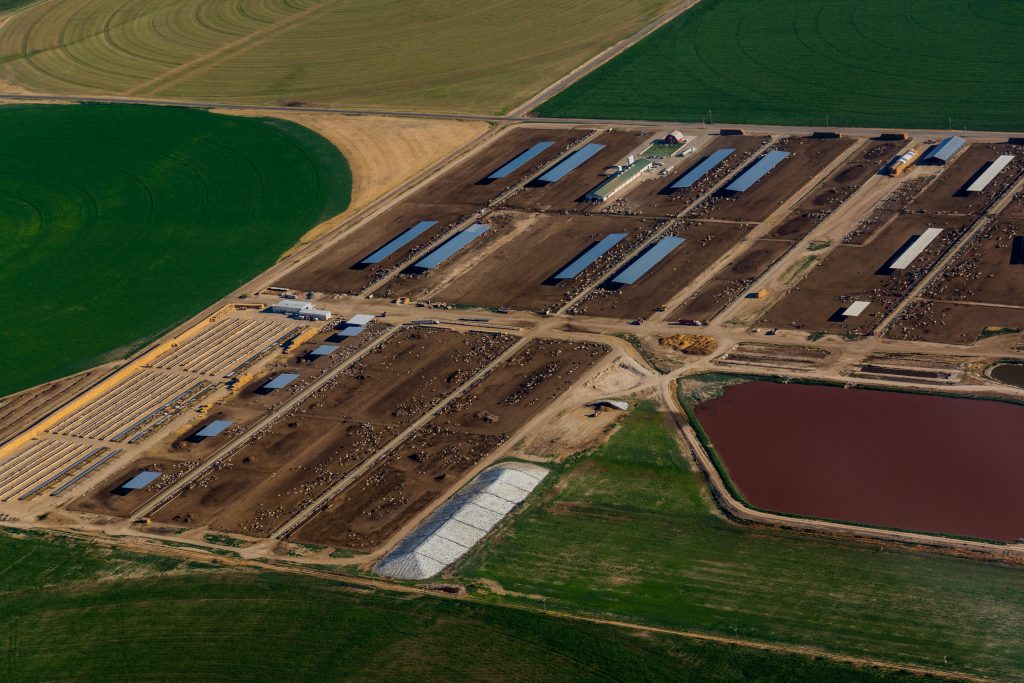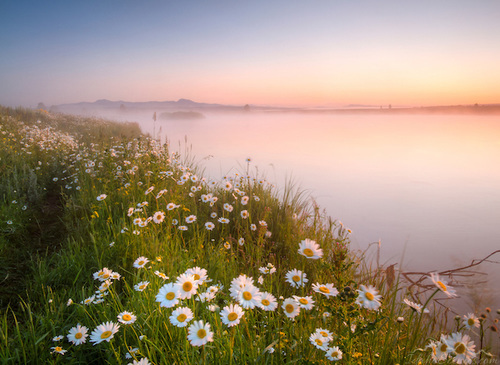Clean Water and Air
Since 1973, the Idaho Conservation League has been working hard to protect clean air, clean water, and beautiful places in Idaho.
Protecting Clean Water
ICL is working hard every day to protect clean water in Idaho. We review every Clean Water Act permit and every new water right application in Idaho. We have a major campaign to restore the Snake River across southern Idaho. We also monitor groundwater, wastewater treatment plants, and toxic algae blooms to keep Idahoans informed about threats to water quality across the state.

Clean water
Protecting Idaho's Groundwater
The Eastern Snake Plain Aquifer (ESPA) holds as much water as Lake Erie and supplies drinking water to over 300,000 Idahoans, but it’s increasingly impacted by contamination that is directly attributable to human activities across the Snake River Plain. For instance, the estimated 425,00 dairy cows in the Magic Valley create as much manure as a city of 12 million people — if that city had no wastewater treatment plants. The nitrogen and phosphorus from fertilizer, animal waste, and other sources far exceed what typical crops can uptake, with the remainder susceptible to leaching into the groundwater. ICL’s Groundwater Report summarizes all of the available data and scientific literature so you can understand what’s going on with your drinking water.

Clean water
Wastewater Treatment Plants
Nearly every city in Idaho is located on the banks of a river or lake. Why? Because these water bodies play a key role in getting rid of a community’s sewage. When someone flushes a toilet, the contents do not go straight into the river. This sewage is first processed in the community’s wastewater treatment plant. Treated wastewater, also called effluent, is then often discharged to a lake or river — but treatment plants must have a permit to do so. These permits set limits on the amount of pollution that’s allowed to flow into our rivers and lakes. So why is ICL involved? Because close to 80% of treatment plants in Idaho are failing to meet the requirements of their permits, a violation of the Clean Water Act.

Clean Water
Toxic Algae
Idaho is joining states across the United States that are seeing more and more outbreaks of toxic algae — specific types of algae and bacteria that can seriously harm humans and animals. The most common toxic algae is cyanobacteria, also known as blue-green algae, though they can be many colors, including blue, green, red, or brown. Algae outbreaks, or “blooms,” occur when water bodies become warm and full of pollutants like nitrogen and phosphorus – creating ideal conditions for the uncontrolled growth of algae. The bigger the outbreak, the more likely that toxic cyanobacteria will form.
If ingested, toxic algae pose a serious risk to our liver, kidneys, and nervous or digestive systems. Ingestion isn’t the only risk though, as swimming, wading, or even walking by water infested with toxic algae can irritate the eyes, throat, and skin. Many Idaho communities rely on tourism to support their economies. No community deserves the stigma of having a water body plagued by toxic algae that threatens their health and impacts their local economy.
Protecting Clean Air
Clean air is at the heart of much of ICL’s work. ICL participates in collaborative groups to build healthy, resilient forests better suited to handle wildfires and climate change. It drives ICL’s ambition to make Idaho a leader in renewable energy and electrified transportation. And it’s the reason ICL strives to protect public health — by working to reduce air pollution from industrial activity and tracking any new laws or regulations that impact the air you breathe.

Clean Air
Wildfires
Smoky summers due to wildfires are the norm throughout Idaho and the West, and with the growing impacts of climate change, this trend will only get worse. No one wants to breathe smoky air, which is why ICL actively participates in numerous forest management collaboratives and is a member of Idaho’s Prescribed Fire Council. We’re working with diverse stakeholders, including environmentalists, loggers, and land managers, to build collaborative solutions that make Idaho forests healthier and more resilient to insects, disease, wildfire, and climate change.
